Giraffes are tall, African hoofed land mammals, the largest and tallest ruminants in existence. They feed on the tender, young leaves on branches high above the ground. Acacia tree leaves are the giraffe’s most preferred food. Since they do not compete for food with other animals, they may eat about 34 kilograms of vegetation in a day. They sometimes eat grass, fruits and vegetables. A mature male giraffe weighs up-to 1900 kilograms while the female can weigh up-to 1180 kilograms. Generally, giraffes grow 5-6 meters tall. In Africa, giraffes are common in Uganda, Namibia, South Africa, Tanzania, Kenya and Niger. Below are amazing facts about giraffes in Africa.
- There Are Four Species Of Giraffes
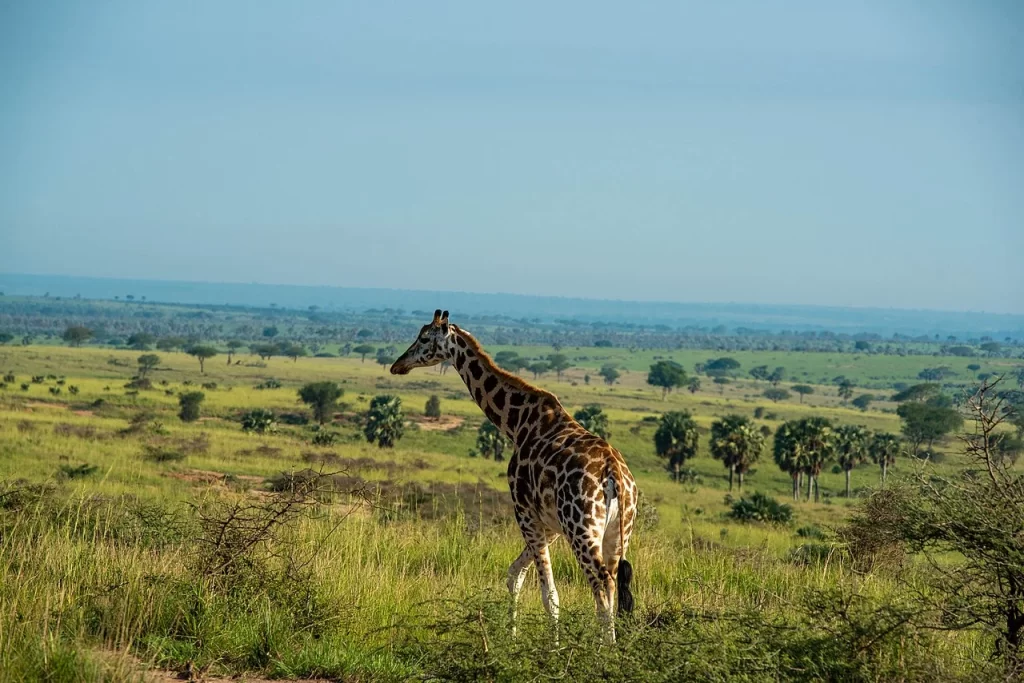
There are four different species of giraffes namely: Reticulated giraffe (G. reticulata), Northern giraffe (G. camelopardalis), Southern giraffe (G. giraffa) and Masai giraffe (G. tippelskirchi).
The Southern giraffe is further categorized into two subspecies: Angolan giraffe and South African giraffe. The Northern giraffe has three subspecies, the Masai giraffe has two subspecies while the Reticulated giraffe has two more subspecies under it.
What is more interesting is that the different species and the subspecies under them exist in totally different geographical regions within Africa. Researchers argue that in zoos, some of these species hybridize or cross-breed across the different species, evidence of this argument gains very little supportive basis from the wild.
- Giraffes Have The Shortest Sleep Requirements For Any Mammal
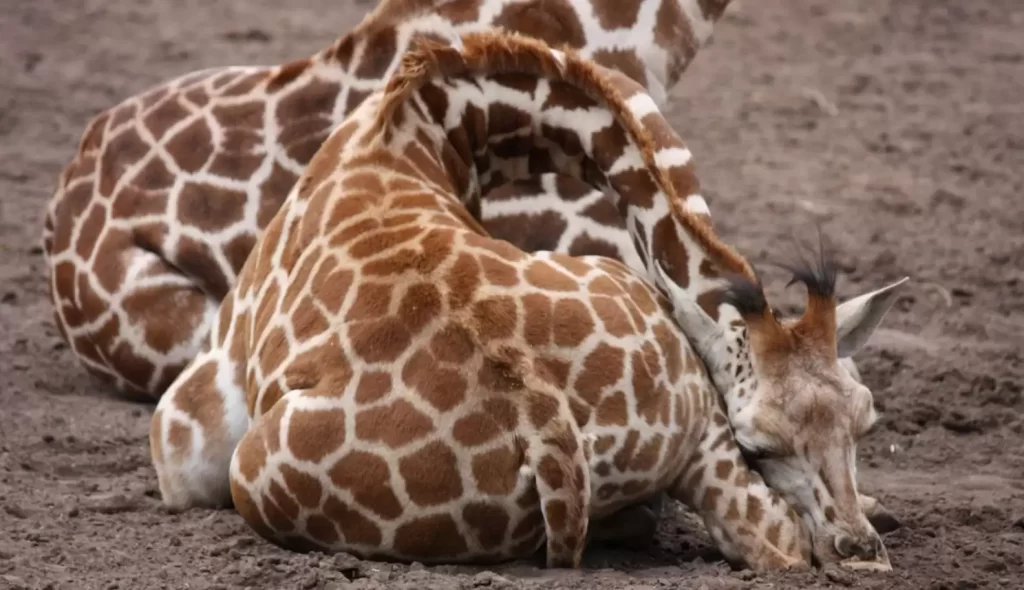
While other animals such as lions spend most of their time sleeping, a giraffe needs an average of only 4.6 hours daily to be asleep. Throughout the day, giraffes get short siestas, each lasting around 35 minutes or less.
The adult giraffes can comfortably get along with only 30 minutes of sleep per night. This ranks as the shortest sleep span any animal is known to get.
Generally, they sleep while standing, though at times they would lie down shortly for a siesta.
Sleeping while standing allows the giraffe to easily wake up and escape in case danger approaches and it becomes a potential prey to some lion or leopard. With its large size, it would otherwise be challenging to wake up and stand up quickly to escape its predators.
- Giraffes Can Live Upto 25 year Old
A giraffe in the wild has a general lifespan of approximately 20 to 25 years. However, some giraffes are favored enough to blow 30 candles. Giraffes in captivity have a record of living for 28 years or slightly more.
The oldest giraffe to have ever lived was 31 years old. A vast population of giraffes rarely lives its full life because over 50% of the wild giraffes fall prey to lions, leopards, hyenas, and other predators before they get to two years of age.
Giraffes live for totally different ages due to different factors. Predation, sicknesses and the place of habitation, be it in the wild or in a zoo.
- No Two Individual Giraffes Have Exactly The Same Pattern
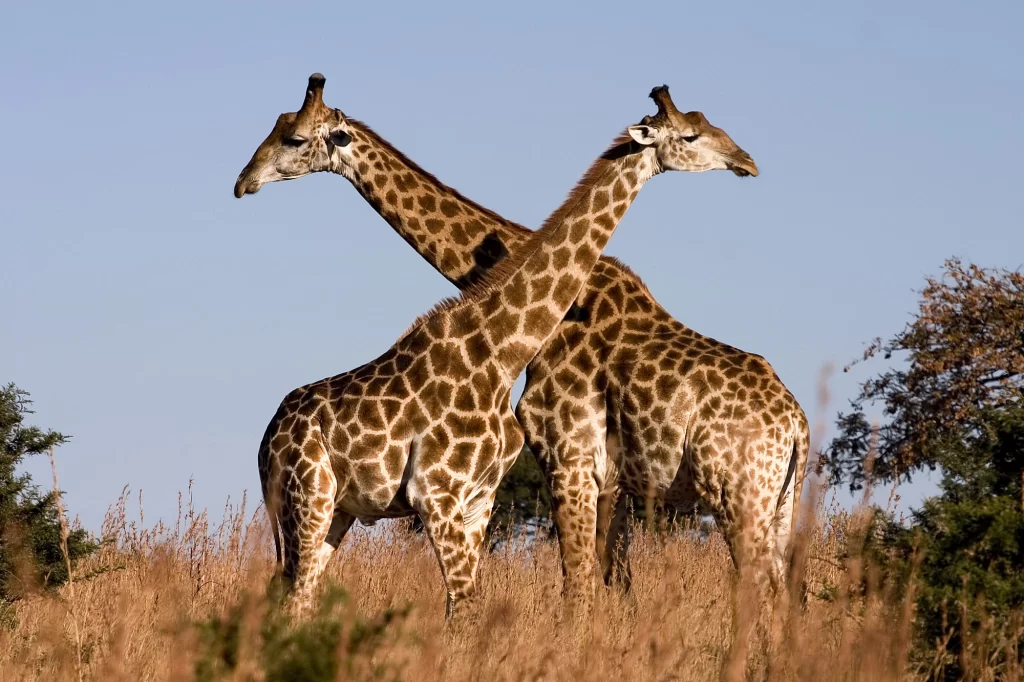
Apart from the long neck, the distinctive spot pattern a giraffe has is its second distinguishing feature. Each giraffe has a unique spot pattern. However, the subspecies under one species can be easily identified by the shape of their spots.
The shape of the spots is almost round, ranging from completely smooth edges to lobbed ones, which are elliptical. The spot patterns of a specific giraffe do not change, even as the giraffe ages. This makes it possible for researchers to know the giraffes by their unique spots and patterns.
Researchers argue that the shape and pattern of the spots has its roots from the giraffe’s mother. Recent study shows that the giraffe patterns are maternally inherited.
- Giraffes Spend Most Of Their Time Standing
Unlike most of the other animals, giraffes do almost all their activities while standing, including sleeping. Frequently, giraffes rest while standing, even at night. Spending most of the time on their feet arms them with the ability to escape or respond quickly when a predator shows up for an attack.
Recent research has revealed a changing pattern where giraffes are lying down more frequently than they have been. At a time when they want to lie down for a rest, they would fold the legs under the body. They however maintain the neck high above the ground, probably, to easily notice an enemy from afar.
While sleeping, be it that they are standing or lying down, they are believed to continue ruminating or chewing cud all through. This allows them to get the nutrients their large bodies need.
- Giraffes Only Need To Drink Once Every Few Days
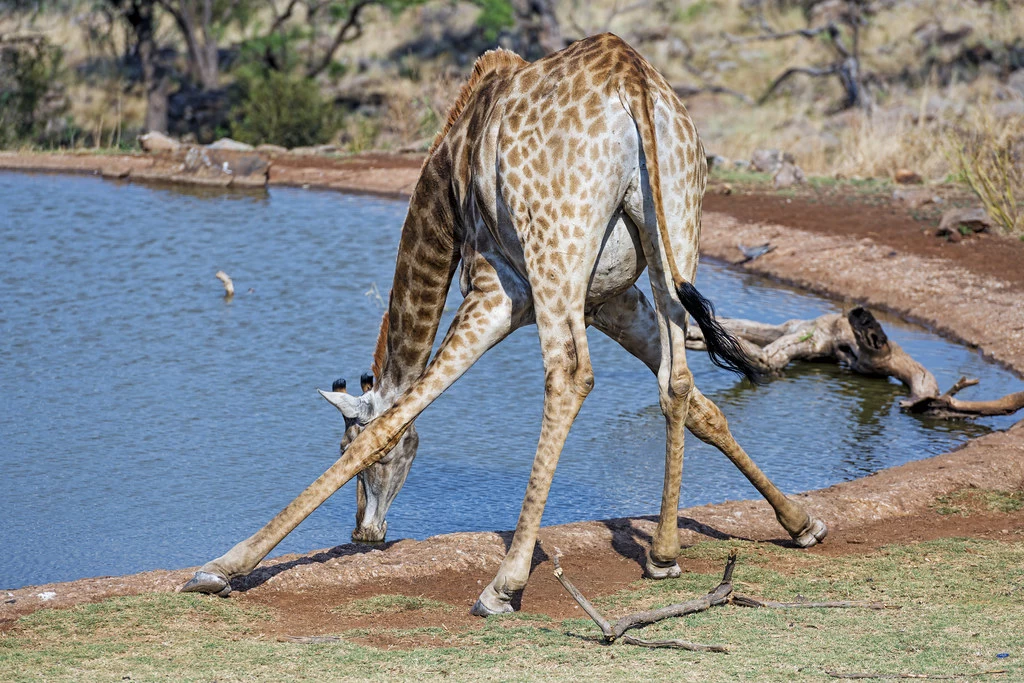
Giraffes take advantage of their height to pluck the green leaves and tree shoots from high above the ground. This green vegetation contributes to the moisture their bodies require. Giraffes can therefore go without taking a sip of water for almost a week.
When they are forced to, they can go for up-to two weeks without water. As a general rule, however, giraffes require water once after a few days. A giraffe’s process of drinking water is challenging; it mostly prefers a single drink at a time, bending over 10 feet for its neck to reach the water.
A giraffe’s neck is very short to get to the ground, but tall enough to pluck the leaves up the trees. When drinking water, it spreads the front legs wide and then bends to reach the water. This makes it vulnerable to potential predators, who can attack it as it drinks the water.
- Their Tongues Are Pretty Long And Strong
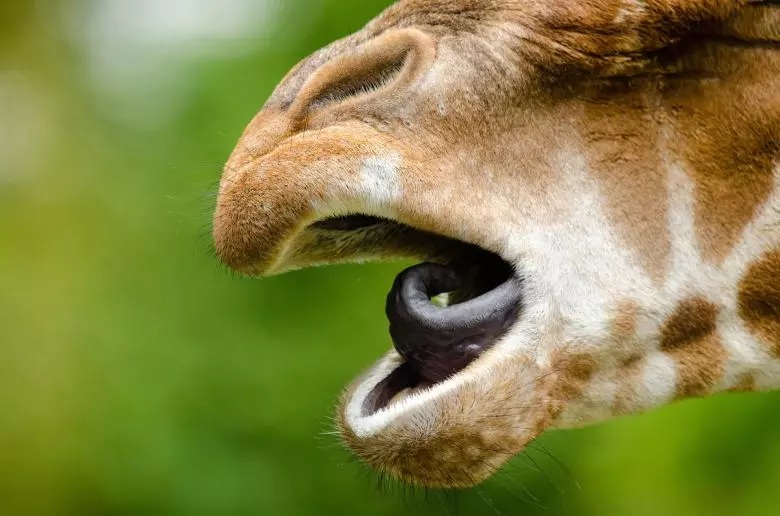
A giraffe’s tongue is almost 21 inches long. It is dark-blue, purple or blackish and very strong. It enables the giraffe to pluck the sweet, greenish leaves and flowers from the thorny branches of acacia and cactus, while escaping the sharp thorns.
The long tongue is referred to as a prehensile tongue. Just like a human’s hand or an elephant’s trunk, the tongue can grasp leaves from the tree and move them into the mouth.
The tongue is covered with a thick, tough layer which protects it from being pierced and wounded by the thorns. It is adapted to survive in its habitat without unbearable challenges.
- NASA Used The Design Of Blood Vessels In Giraffe Legs For Its Space Suits
In the 1980s, Alan Hargens, a physiologist and his NASA colleagues discovered that after birth, the blood vessels in a young giraffe’s legs immediately thicken, pushing more blood and enabling the newborn to walk shortly after birth.
NASA used this knowledge to invent the Lower Body Negative Pressure Device (LBNP), which makes the lower body parts of an astronaut adapt quickly after landing on earth.
This enables astronauts to easily adapt to earth’s gravity, which would otherwise fill their ankles and legs with blood, making them swell, causing dizziness and fainting among the astronauts.
